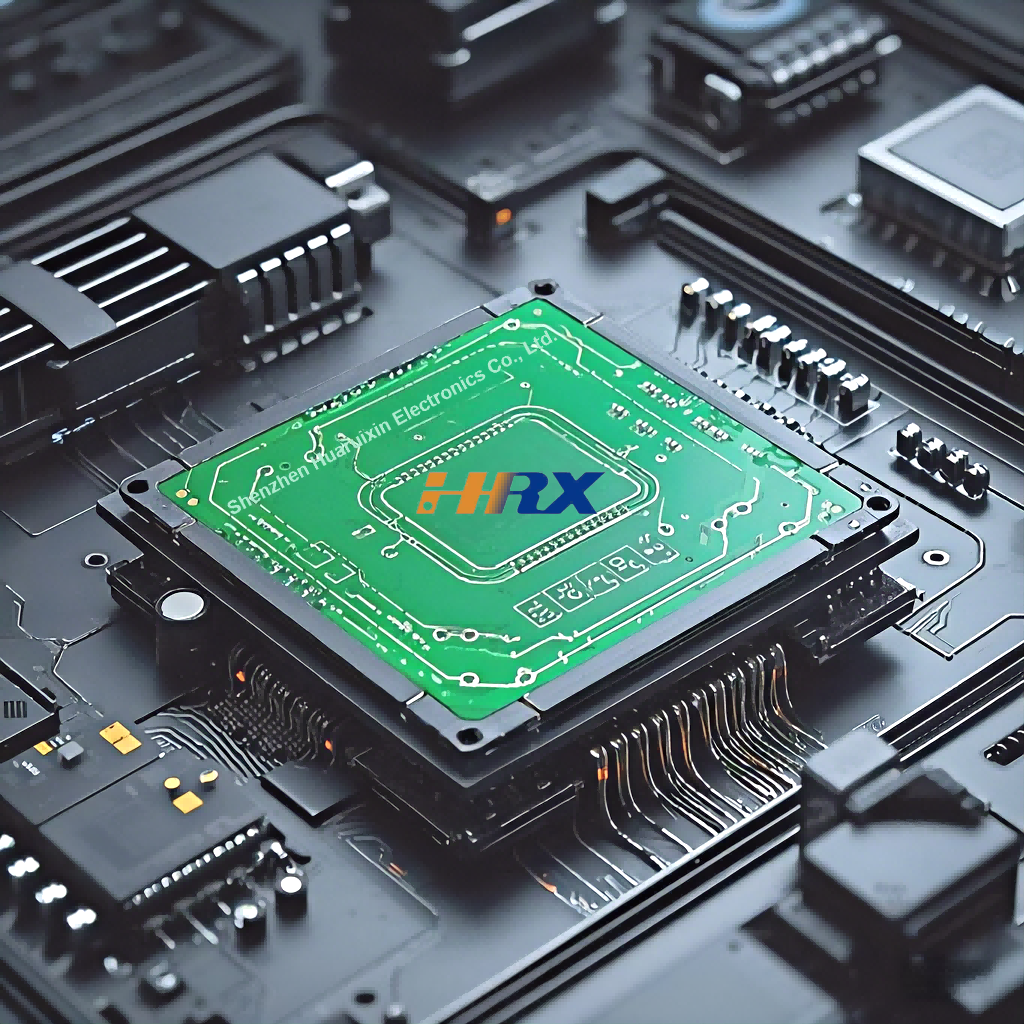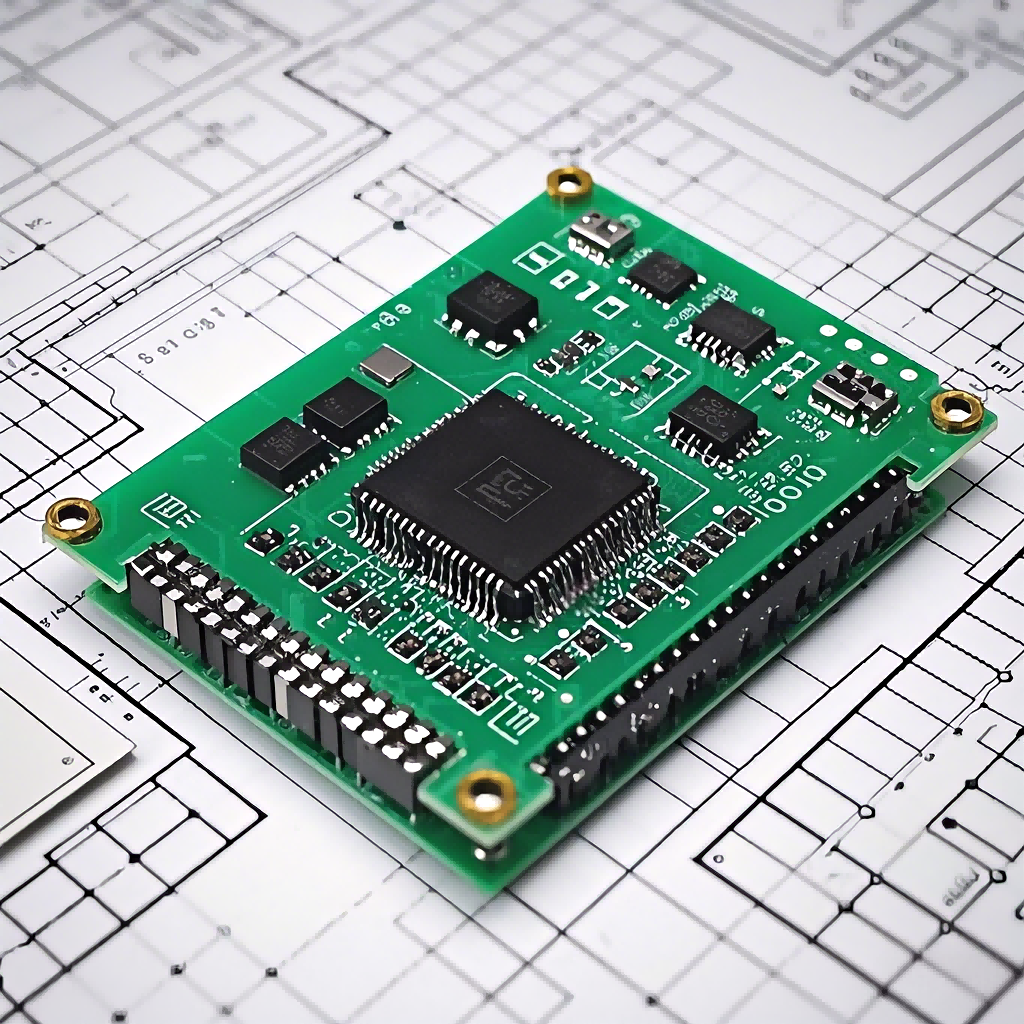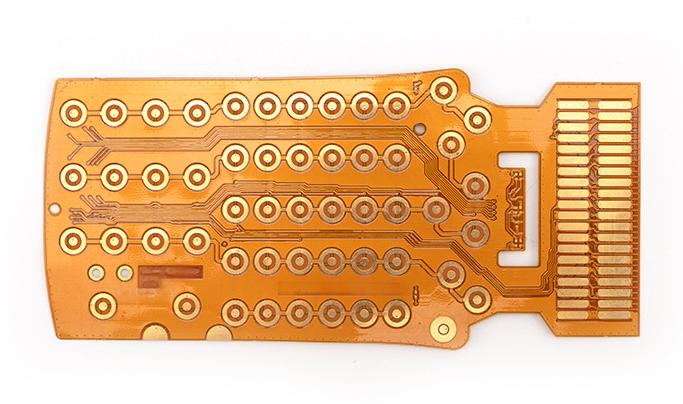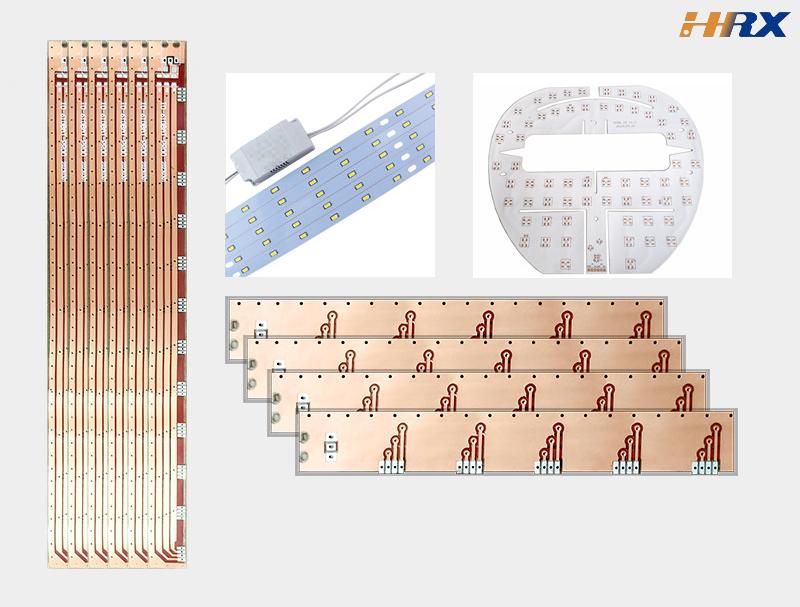Search
Mastering Impedance Control in PCB Design and Production
- Jan 10,2025
-
Share
Hey, PCB aficionados and industry mavens! Welcome back to our blog. Today, we're going to dissect the intricate and vital realm of impedance control within the PCB design and production panorama. At Shenzhen Huaruixin Electronics Co., Ltd., leveraging our profound expertise in PCB design, fabrication, and sales, we've surmounted a plethora of impedance control conundrums. Let's plunge right in and disseminate our know-how.

1. The Paramount Importance of Impedance Control
In the labyrinthine domain of PCBs, impedance control assumes the role of a maestro, orchestrating the seamless flow of electrical signals. It's the linchpin for upholding signal integrity, especially in high-speed digital circuits where signals zip along at breakneck frequencies. Any impedance misalignment can precipitate signal reflections, attenuation, and ultimately, a nosedive in performance.
Contemplate a cutting-edge 5G base station PCB. In such high-frequency applications, pinpoint impedance control is non-negotiable. Even a minuscule deviation in impedance can trigger signal ricochets, instigating interference and data forfeiture. This is precisely why impedance control forms the bedrock of reliable communication in contemporary telecommunication systems.
Another sterling illustration is found in high-performance computing PCBs. As CPUs and GPUs hurtle towards ever-escalating operating speeds, the PCBs interconnecting them must possess impeccable impedance control. A mismanaged impedance can throttle data transfer rates, engendering a bottleneck in the entire system and hobbling the overall computing efficacy.
2. Key Considerations for Impedance Control
a) Trace Width and Spacing
The width of the PCB traces and the inter-trace spacing are elemental in impedance control. Slimmer traces typically augment impedance, whereas broader ones diminish it. Analogously, tightening the trace spacing can also perturb impedance. For instance, in a multilayer PCB engineered for a high-definition video streaming gizmo, we had to painstakingly compute and calibrate the trace width and spacing to actualize the coveted impedance. This entailed leveraging advanced PCB design software that factors in variables like the dielectric constant of the substrate material and the signal frequency.
b) Dielectric Material Selection
The choice of dielectric material is another cardinal factor. Diverse dielectric materials flaunt varying dielectric constants, which directly impinge on impedance. In a PCB crafted for a medical imaging apparatus, where signal precision is sacrosanct, we opted for a low-loss, high-stability dielectric material. This ensured that the signals coursed through the PCB with minimal distortion, safeguarding the integrity of the imaging data. The dielectric constant demands scrupulous consideration as it dictates how the electric field permeates the material, thereby influencing impedance.
c) Layer Stacking Configuration
The architecture of PCB layer stacking is a complex yet indispensable facet of impedance control. In a high-density interconnect (HDI) PCB destined for a smartphone, we had to contrive a bespoke layer stacking sequence to manage impedance. This involved interlacing layers of conductive and dielectric materials in a manner that optimized electrical performance. By meticulously plotting the layer stacking, we could modulate the capacitance and inductance between the layers, which in turn dictated the overall impedance.
3. Tips and Best Practices for Impedance Control
a) Harnessing Precise PCB Design Software
Invest in top-tier PCB design software endowed with sophisticated impedance calculation and simulation capabilities. This empowers designers to model diverse scenarios and make sagacious decisions prior to actual production. For example, in a project for an automotive electronics control unit PCB, our design team utilized software capable of simulating the impact of temperature swings on impedance. This furnished us with the means to effect preemptive design adjustments, ensuring stable performance across the wide temperature gamut experienced by automotive components.
b) Implementing Rigorous Testing and Validation
Never skimp on the testing phase. Employ tools like a vector network analyzer (VNA) to gauge the actual impedance of fabricated PCBs. In a project for a satellite communication PCB, we undertook multiple rounds of impedance testing. Any disparities between the designed and measured impedance were promptly rectified by tweaking the manufacturing process parameters. This iterative testing and adjustment regimen ensured that the final product complied with the exacting impedance requirements.
c) Fostering Collaboration between Design and Manufacturing Teams
Effective communication between the design and manufacturing teams is pivotal. In a PCB project for a renewable energy inverter, the design team worked hand in glove with the production team to ensure that manufacturing processes such as etching and plating didn't introduce unwanted impedance variances. Regular rendezvous and the sharing of technical minutiae helped to smooth out any potential snags before they mushroomed into major headaches.

4. Let's Connect and Conquer the Impedance Control Challenges Together
At Shenzhen Huaruixin Electronics Co., Ltd., we're committed to shepherding our customers through the maze of impedance control in their PCB projects. Whether you're a fledgling startup venturing into the electronics realm or an established enterprise seeking to supercharge your PCB performance, we're here to offer our erudition. Let's initiate a dialogue, share our knowledge, and take on the challenges of impedance control in the exciting world of PCBs. Until next time, keep striving for excellence in PCB design and production!

Let’s talk! We’ll provide the perfect solution for you!
-
 Huaruixin Electronics mainly produces printed circuit boards as the core business, to provide customers with one-stop solutions for FPC/PCB production, components sourcing and Assembly.
Huaruixin Electronics mainly produces printed circuit boards as the core business, to provide customers with one-stop solutions for FPC/PCB production, components sourcing and Assembly. - WHAT WE DO — PCB Design Solutions — Flex PCB Production — Components Sourcing — FPC&PCB Assembly
- PRODUCTS — Single Sided Flexible Circuits — Double Sided Flexible Circuits — Multilayer Flexible Cirucits — Rigid-Flex Circuits — FPC Assembly — PCB Assembly
- CAPABILITY — FPC Capability — Rigid-Flex Capability — PCB Capability — Assembly Capability
- Copyright © 2024 Shenzhen Huaruixin Electronics Co., Ltd. All Rights Reserved.
- Design By BONTOP


